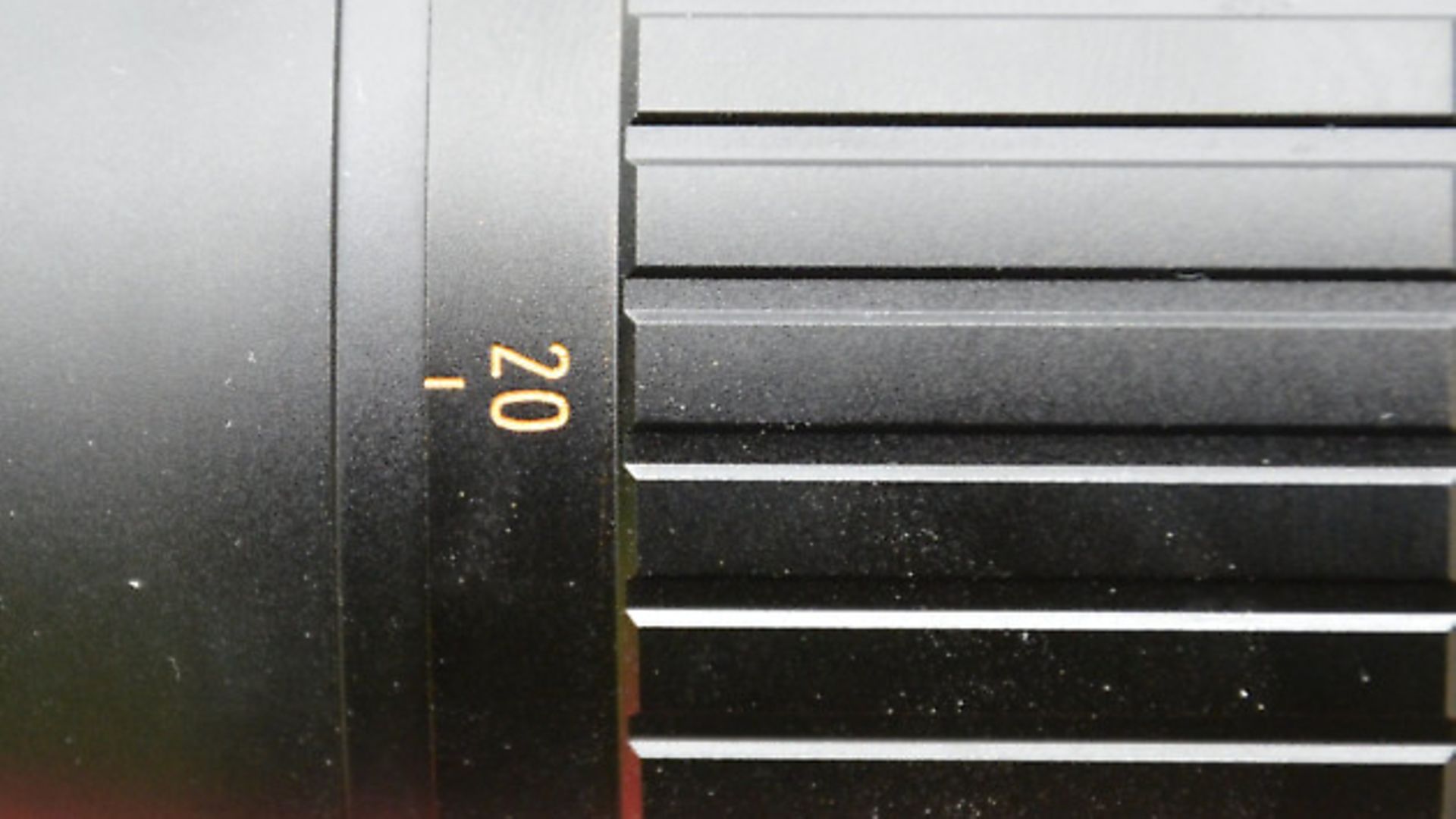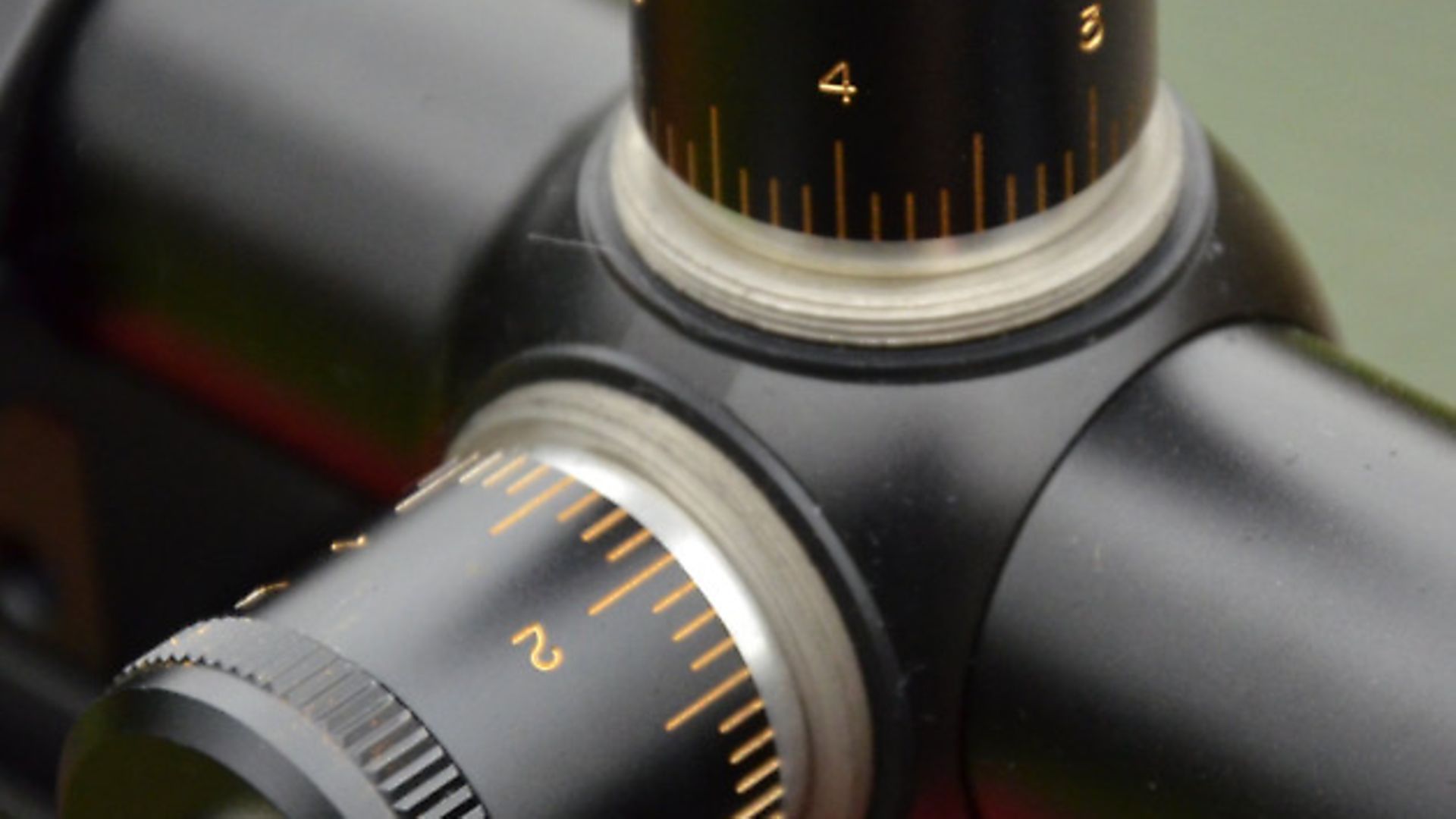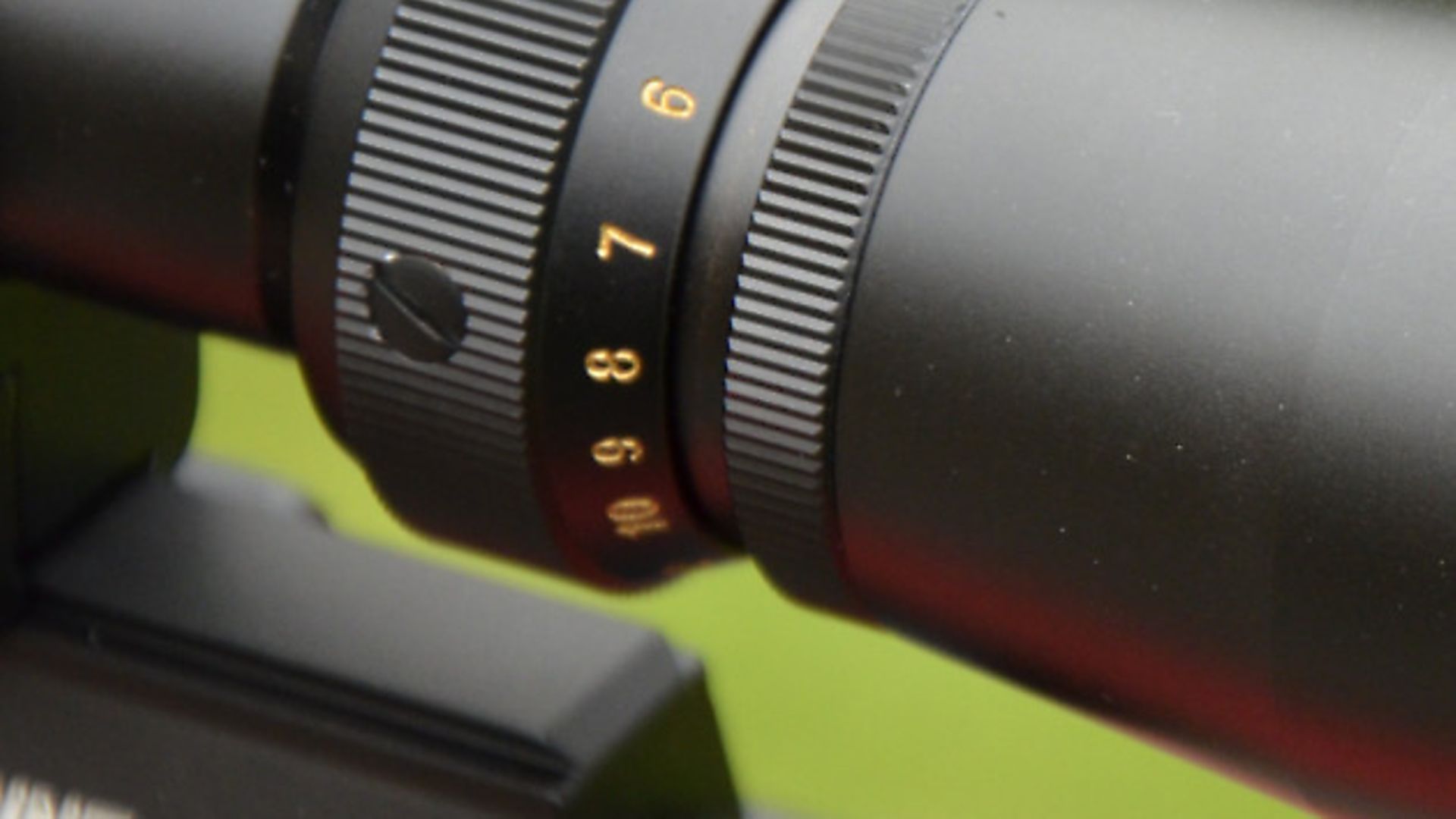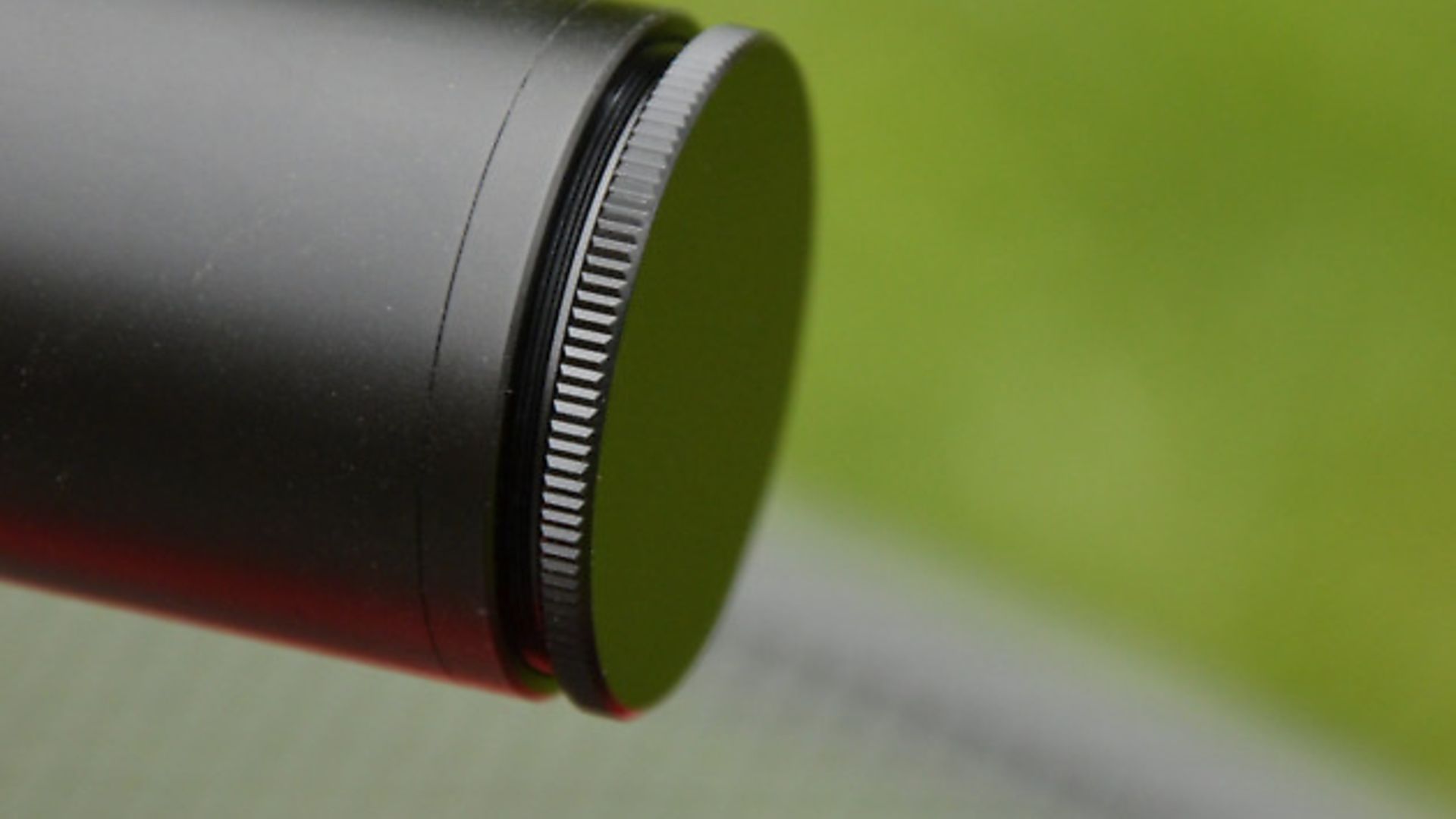A scope that puts quality and performance above all else appeals to Phill Price
 credit: Archant
credit: Archant
The name Light Stream Sport Optics isn’t that well known in airgun circles, which I think is a shame. They’re a small company that offer just two scopes; the one on test, the 4.5-14 x 44 FFP and the larger 5-20 x 50 SF CIR. The latter model isn’t suited to airguns because the parallax correction only comes down to 50 metres which is another shame because this looks like a fantastic low-light hunter’s optic.
 credit: Archant
credit: Archant
I’ve long argued that there’s a place in the market for high-quality scopes to match the top-end rifles available to us now. I’d like scopes that fit in the middle ground between the well-known airgun brands and the hyper-expensive German glass, such as Swarovski and Zeiss. You see, I simply can’t understand people who buy the best Air Arms, FX or Daystate rifles, some of which cost well over £1000 and then fit second-rate optics. You wouldn’t buy a Ferrari or a Porsche and fit cheap, low-performance tyres, would you? To get the best handling from the chassis, you’d fit the very best tyres or you’d have wasted your money buying the car. Similarly, only the very best scope mounts will do for your dream rifle.
 credit: Archant
credit: Archant
 credit: Archant
credit: Archant
Seems familiar
I’ve used this model of Light Stream scope once or twice over the past years so I called Light Stream to ask what was new, and the simple answer was, nothing. It’s just the same as it’s always been, but for me that’s not necessarily a bad thing. It troubles me that some products get upgraded just to get attention from the buying public rather than because the change is actually an improvement. Poorly developed ideas rushed into production can actually make a new model perform less well than the outgoing one. This, I believe, is why Light Stream has followed the ‘if it ain’t broken, don’t fix it approach’. The scope offers proven performance and those in the know love it.
Many of these are bought by fullbore riflemen who expect to pay a lot of money to get a scope that allows them to see clearly at long range, as well as having tough construction that can handle the heavy recoil generated by their rifles. I noted in the literature supplied with the scope that they’re shock tested to be reliable in excess of 1000 times G force. Impressive.
Precision tracking
Another feature the long-range guys value is precise and reliable tracking in the elevation and windage adjusters. Think about the fact that one ¼” adjustment at 100 yards equals ½” at 200 and so on, so at 1000 yards any error is huge. The tracking of the Light Stream is clean and tidy every time, something that only the best engineered scopes can claim. It offers 1/8” increments for the most precise of adjustments too. You’ll have seen from the pictures that it features tall target turrets but going against current fashion they have proper metal, weather-sealing, screw-on covers. These ensure that no dust or moisture can affect the mechanism or fog the lenses. If you’re the kind of shooter who likes to dial for range and wind, it only takes a few seconds to remove them and for the rest of us, who zero our guns once and then hold over for range and off for wind, we can leave them on. With the caps removed the turrets turn with assured, smooth and positive clicks and offer repeatable adjustments every time.
One inch tube
You might well have also noticed that the Light Stream uses a one-inch body tube as opposed to the 30mm which is in vogue at the moment. The bigger tubes don’t necessarily transmit more light as people believe, but they do make the scope heavier and they also usually end up needing to be mounted higher above the action, something I dislike.
Before you need to adjust your scope you need to see the target and this is where the quality of the lenses and their coatings become important. Making fine lenses and finishing them precisely with top-quality coatings simply cannot be done cheaply and doing these things well accounts for a large proportion of a scope’s cost. It’s hard to tell people about optical performance because we all make the same mistake, which is standing in a gun shop and looking through a dirty shop window on a bright day, looking through one scope after another. This tells us precisely nothing, but we all do it, don’t we? Go to any game fair and you’ll see hundreds of people all doing it.
Seeing the difference
You only really see the difference between ordinary scopes and really good ones when you get into real shooting situations and then shoot them side-by-side. I like to go to my gun club at Bisley with a new scope and one of known quality and then sit and shoot, swapping from one to the other while noting how well I can see the pellets strike the metal targets. We have knock-downs from 8 to 55 yards which covers all the ranges I care about perfectly. A scope of the quality of the Light Stream allows me to watch pellets hit and fragment even at 55 yards, when lower quality models might struggle to show the same at 25.
Some people will be saying ‘so what’, but I promise you that once you’ve used optics of this quality, you’ll never want to go back. I’m primarily a hunter and being able to see every detail of my quarry, and equally importantly any obstacles on the pellet’s flight path is vital to my success. These become even more precious as the light begins to fail at dusk, just as our common quarry species become most active. Sometimes the ability to be able to see a pigeon’s head clearly through lots of leaves can be the difference between a clean kill and a frustrating day.
HFT
Another group of shooters that I’m sure will love this scope are the field target hunter competitors. Many of their targets are placed in shady areas where they’re intentionally difficult to see. The wisest and most savvy competitors ‘read’ the face plate of the target to see where previous competitors’ pellets have landed to help them judge wind and distance, so bright, clear optics can be a serious advantage. These same competitors are also great users of modern multi-aim-point reticles and the Light Stream’s one is excellent. It’s a variant of the classic mil-dot, with additional stadia lines across the lower vertical element. This allows it to be used to measure objects at distance, which then allows a calculation to tell you the range. It also gives precise hold over/under marks, greatly aiding accurate shot placement.
FFP
Where this scope differs most noticeably to the vast majority of scopes is that the glass-etched reticle is in the first focal plane. What this means is that as you zoom in and out through the range of magnification, the reticle appears to grow larger or smaller. In fact it keeps the size relative to the target constant, which has a very useful effect. If you know that the first mil-dot down means one inch of hold-over at a given distance, that will be the same whatever the magnification. With the more common second focal plane scopes, the distance changes as you vary the mag’. This means that most people only know the hold-over values for one magnification and if they change it they’re lost. First focal plane scopes never suffer from this problem. When you first use one the apparent changing size of the reticle seems odd but once you understand what it’s doing for you, you soon adjust.
For any scope to be considered airgun-worthy it needs parallax adjustment and the Light Stream has this in the form of a conventional objective bell mounted rotary collar. Again fashion dictates the use of sidewheel adjustment but the objective mount is simpler because it uses fewer lenses and moving parts, and is lighter too. To be honest, I’m happy with either system and it wouldn’t be a factor in my decision making.
I’m sure you’ve gathered that this is a scope I really like and admire. It’s not been driven by the whims of fashion, rather putting performance and quality first. Yes, it is more expensive than the average airgun scope but optics of this quality always will be.
So if you own a high-quality, high-performance rifle you should look at a scope that matches these qualities and a Light Stream would be a great place to start.